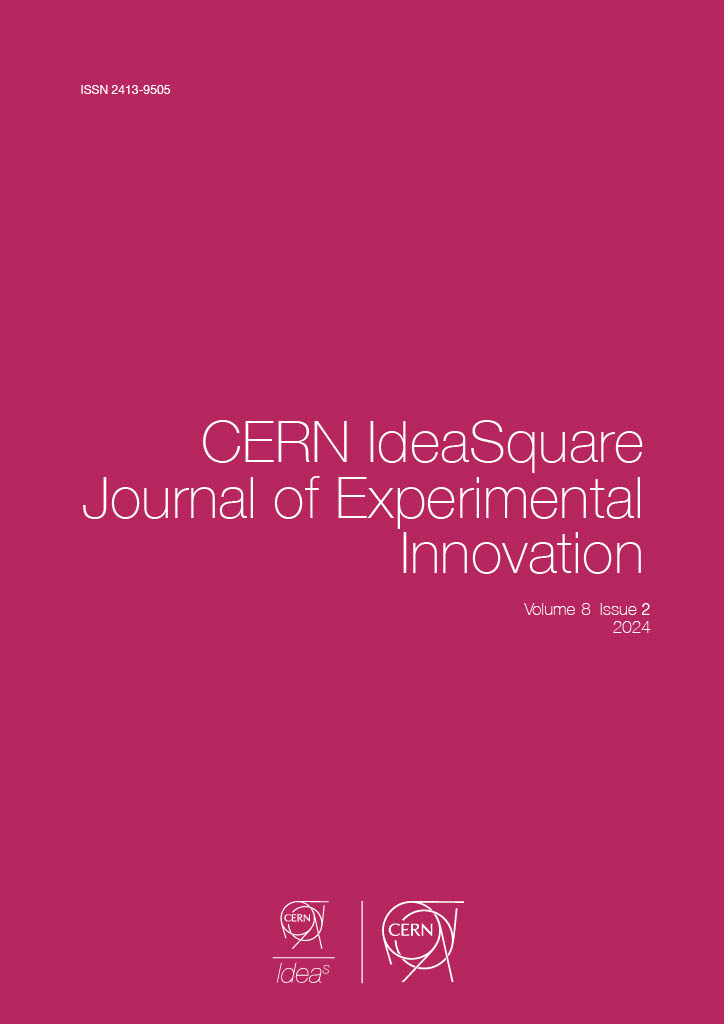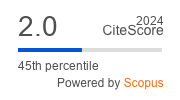State Aid in Academia-Industry Cooperation: an Overview of the existing Conditions and Challenges Through the ExSACT Project
DOI:
https://doi.org/10.23726/cij.2024.1521Keywords:
ExSACT, IPR, State Aid, Academia-Industry Cooperation, Public Administration, Technology Transfer, Technology/Research Infrastructure, ATTRACTAbstract
The ATTRACT’s European Scientific Research Infrastructures’ Innovation Ecosystem (ERI-IE) is vital to academia-industry cooperation but faces challenges under state aid rules designed to protect market competition. Employing quantitative and qualitative methodologies, including surveys and semi-structured interviews, the ExSACT project investigated how state aid regulations impact the financing of research, research and technology infrastructure (RI/TI) usage, and intellectual property rights (IPR) transfer in the EU. Findings indicate that limited awareness of state aid rules can hinder public investment and complicate RI/TI usage and IPR management. While the organizations recognize IPR's importance, they need more support with licensing and inventor incentives. IP registration processes are most refined for inventions and trade secrets, with less emphasis on industrial design and trademarks. Additionally, researchers expressed frustration with the complexity of state aid regulations. This research highlights the need to simplify state aid rules and improve understanding within state administrations, enabling smoother cooperation and technology transfer between the ERI, industry stakeholders, and society as a whole.
References
European Commission. (2019a). European Research Infrastructure. https://research-and-innovation.ec.europa.eu/strategy/strategy-2020-2024/our-digital-future/european-research-infrastructures_en
European Commission. (2021). European Innovation Ecosystem. https://research-and-innovation.ec.europa.eu/funding/funding-opportunities/funding-programmes-and-open-calls/horizon-europe/european-innovation-ecosystems_en
ATTRACT Phase 2. (2021). ExSACT. Enable State Administration to be an Active Contributors in process of risk absorption and risk reduction Through IPR and state aid. https://phase2.attract-eu.com/projects/exsact/
Fric, U., Lutman, T. & Mlinar, T. (2023). Creating Conditions for an Active Role of Public Administrations in Academia-Industry Cooperation: an Overview of Critical Points Through the ExSACT Project. 16th International Technology Transfer Conference (16. ITTC).
European Union. (2022). Communication from the Commission — Framework for State aid for research and development and innovation (2022/C 414/01). https://eur-lex.europa.eu/legal-content/EN/TXT/?uri=CELEX%3A52022XC1028%2803%29
European Commission, Directorate-General for Research and Innovation. (2019b). Technology infrastructures – Commission Staff Working Document, Publication Office. https://data.europa.eu/doi/10.2777/83750
Kaiser, L. Neu, M. & Teernstra, F. (2021). State Aid on R&D&I – The Right Way. EARTO Report. https://www.earto.eu/wp-content/uploads/EARTO-Report-on-State-Aid-on-RDI-The-Right-Way-Final.pdf.
Kebapci, H., Von Wendland, B. & Kaymaktchiyski, S. (2020). State Aid Rules in Research, Development & Innovation. Addressing Knowledge and Awareness Gaps among Research and Knowledge Dissemination Organisations. Decision Tree, Kaiser, L. (Ed.), Neu, M. (Ed.), Teernstra, F. (Ed.), Nicolaides, P. (Ed.), EUR 30436 EN, Publications Office of the European Union, Luxembourg. https://op.europa.eu/en/publication-detail/-/publication/10740aa6-223a-11eb-b57e-01aa75ed71a1/
Downloads
Published
How to Cite
Issue
Section
Categories
License
Copyright (c) 2024 Urska Fric, Tomaz Lutman, Tinkara Mlinar

This work is licensed under a Creative Commons Attribution 4.0 International License.
Authors who publish with this journal agree to the following terms:
- Authors retain copyright and grant the journal right of first publication with the work simultaneously licensed under a Creative Commons Attribution License that allows others to share the work with an acknowledgement of the work's authorship and initial publication in this journal.
- Authors are able to enter into separate, additional contractual arrangements for the non-exclusive distribution of the journal's published version of the work (e.g., post it to an institutional repository or publish it in a book), with an acknowledgement of its initial publication in this journal.
- Authors are permitted and encouraged to post their work online (e.g., in institutional repositories or on their website) prior to and during the submission process, as it can lead to productive exchanges, as well as earlier and greater citation of published work (See The Effect of Open Access).


